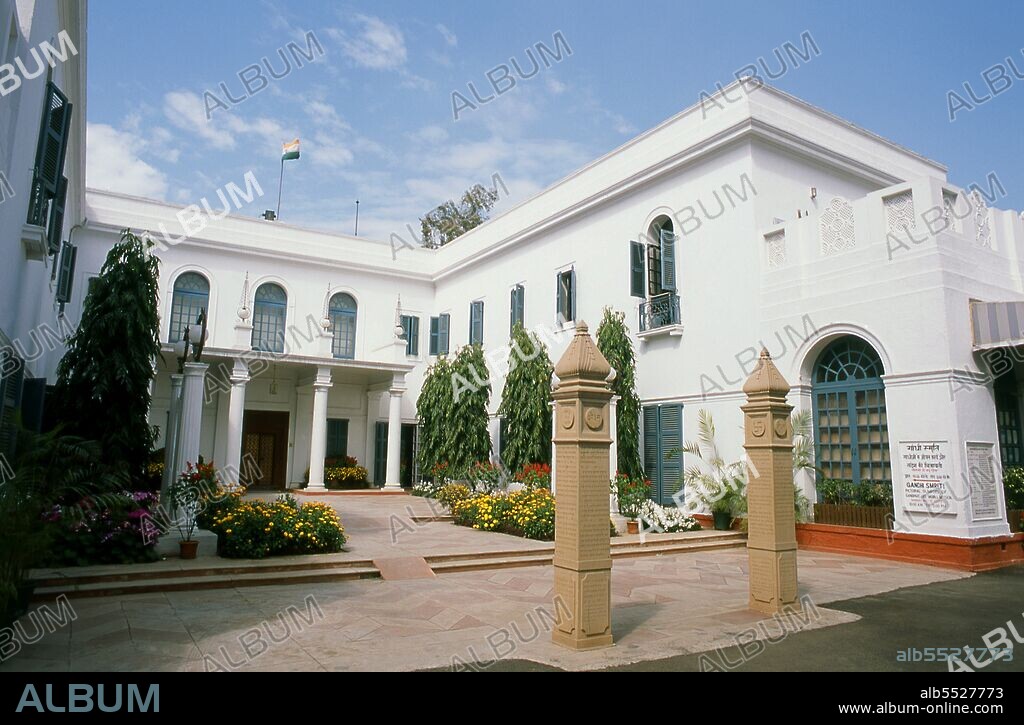alb5527773
India: Gandhi Smriti Museum (formerly Birla House), New Delhi

|
Zu einem anderen Lightbox hinzufügen |
|
Zu einem anderen Lightbox hinzufügen |



Haben Sie bereits ein Konto? Anmelden
Sie haben kein Konto? Registrieren
Dieses Bild kaufen

Titel:
India: Gandhi Smriti Museum (formerly Birla House), New Delhi
Untertitel:
Siehe automatische Übersetzung
Gandhi Smriti formerly known as Birla House or Birla Bhavan, is the location where Mahatma Gandhi spent the last 144 days of his life and was assassinated on January 30, 1948. It was originally the house of the Indian business tycoons, the Birla family. Delhi is said to be the site of Indraprashta, capital of the Pandavas of the Indian epic Mahabharata. Excavations have unearthed shards of painted pottery dating from around 1000 BCE, though the earliest known architectural relics date from the Mauryan Period, about 2,300 years ago. Since that time the site has been continuously settled. The city was ruled by the Hindu Rajputs between about 900 and 1206 CE, when it became the capital of the Delhi Sultanate. In the mid-seventeenth century the Mughal Emperor Shah Jahan (1628–1658) established Old Delhi in its present location, including most notably the Red Fort or Lal Qila. The Old City served as the capital of the Mughal Empire from 1638 onwards. Delhi passed under British control in 1857 and became the capital of British India in 1911. In large scale rebuilding, parts of the Old City were demolished to provide room for a grand new city designed by Edward Lutyens. New Delhi became the capital of independent India in 1947.
Bildnachweis:
Album / Pictures From History/Universal Images Group
Freigaben (Releases):
Model: Nein - Eigentum: Nein
Rechtefragen?
Rechtefragen?
Bildgröße:
5041 x 3308 px | 47.7 MB
Druckgröße:
42.7 x 28.0 cm | 16.8 x 11.0 in (300 dpi)
Schlüsselwörter:
 Pinterest
Pinterest Twitter
Twitter Facebook
Facebook Link kopieren
Link kopieren Email
Email
